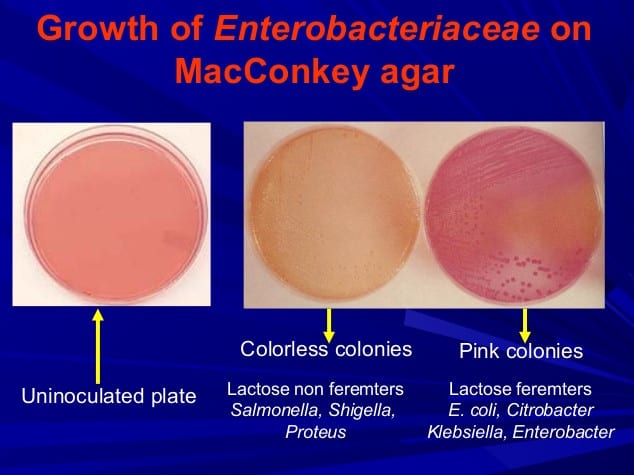

SUGAR CONFECTIONERY AND CHOCOLATE MANUFACTURE. Whichever is your customer’s preference, Nassau Candy is the one-stop shop for everything gummy. So, which one wins the battle? We do! We get endless possibilities of flavor, color, shape, and texture combinations for chewy candy. Short, fast flavorful jelly beans? Pectin’s at work. Stretchy gummy worms? Gelatin’s giving you that strength. Pectin and gelatin generate different types of gummies based on how they work. Products made from this high methoxyl pectin are not thermoreversible and do not melt in higher temperatures. The vast majority of pectin candies use high methoxyl pectin because its gelling is created through high sugar, high acid environments (the perfect storm in gummy candies).īonus: pectin generally creates a fast flavor release which makes for a great showcase for the candymaker. You can either have a lot of these (high methoxyl), or not many (low methoxyl), and the quantity determines how the ingredient works. There are two types of pectin identified by extra side chains that hang off of the main polysaccharide chain. Instead of those junction points that define a gel, polysaccharide jellies are extremely thickened solutions turned solid. While gelatin creates a pure protein gel, pectin gels are technically labeled as a jelly. See, it’s suitable for vegans and vegetarians.
#Agar agar vs pectin skin#
Pectin is a carbohydrate called a polysaccharide that is present in the skin of fruits and vegetables, and most commercial pectin is sourced from apple or citrus. Pectin gummies – softer chew, more tender bite.ĭefining textural characteristics are a more tender, soft bite, but a much shorter, brittle product than gelatin gummies (in layman’s terms – not as much stretch). Perhaps you can satisfy their gummy urge with pectin gummies.
:max_bytes(150000):strip_icc()/05_Agar-79ae7fc84a64487686c8021c2e646b9b.jpg)
So, your vegan and vegetarian customers may ask for gummy alternatives. Leave a bag of gummies in a car on a really hot day, and you’ll experience the meltdown.ĭid you know: gelatin is derived from animal connective tissue? It is created with proteins extracted from skin or bone. That means that in high temperatures, the gel reverses and the product becomes liquid. That lends the product sturdy stretch but also a quality called thermoreversibility. The difference in usage is that instead of adding the pectin at the end of cooking like you do with liquid, you whisk the powdered pectin into the sugar before you combine it with the fruit. You use two tablespoons of powdered regular pectin for every packet of liquid pectin. Gelatin creates relatively strong gels that are formed via protein strand associations which tangle and link together to form strong junctions. Happily, I have a more concrete answer for this one.

The gelling agent, gelatin, is pure protein. Read on to learn more and explore the characteristics that make pectin and gelatin gummies so unique. As customers reach for all things gummy this season, you can wow them with some sweet science facts about what makes each type distinctive. It seems every customer has their own nostalgic favorite- gummy bears, sour worms, fruit slices- and each of these have different textures and eating experiences. The National Confectioners Association reports that sales of the chewy candy category increased by 4.1% year over with sales over $2,164,000,000 for the year ending 2017. The non-chocolate chewy candy market is growing. Innovation and creativity are driving new products into the market and customers are eating it all up! Showcasing a wide variety of sweet (or sour), chewy gummies in a prominent location in your shop for the warmer months is a great way to help increase impulse sales. Gummies really stand up to the heat (see below for the science behind it). The best warm weather bet for sweet treats? Gummies! 🏾 Agar-producing algaeĭifferent algae are used as raw material in the production of agar : Carrageenan moss, Gigartina, Chondrus crispus, Chondrus ocellata, Star chondrus, Gelidium amansii, Gelidium cartilagineum, Gelidium corneum, Gelidium sesquipdale, Gelidium subcostatum, Star Gigartina, Gloiapeltis, Gracilaria arcuate, Gracilaria chilensis, Gracilaria Salicornia, Gracilaria millardetii, Warty Gracilaria vermiculophylla, Melanothamnus somalensis.As the sunny days of the warmer months stretch on well into fall, the high temperatures might make customers second guess that chocolate bar purchase. Agar was first described for use in microbiology in 1882 by German microbiologist Walther Hesse, an assistant working in Robert Koch's laboratory, at the suggestion of his wife Fanny Hesse.Īgar-Agar quickly supplanted gelatin as the basis of microbiological media, due to its higher melting temperature, allowing microbes to grow at higher temperatures without the medium becoming liquefied. This complex carbohydrate is made from red algae, a form of seaweed. Its use was introduced to Europe in 1859. It was first introduced to the Far East and then to other countries that produced agarophytic algae.


 0 kommentar(er)
0 kommentar(er)
